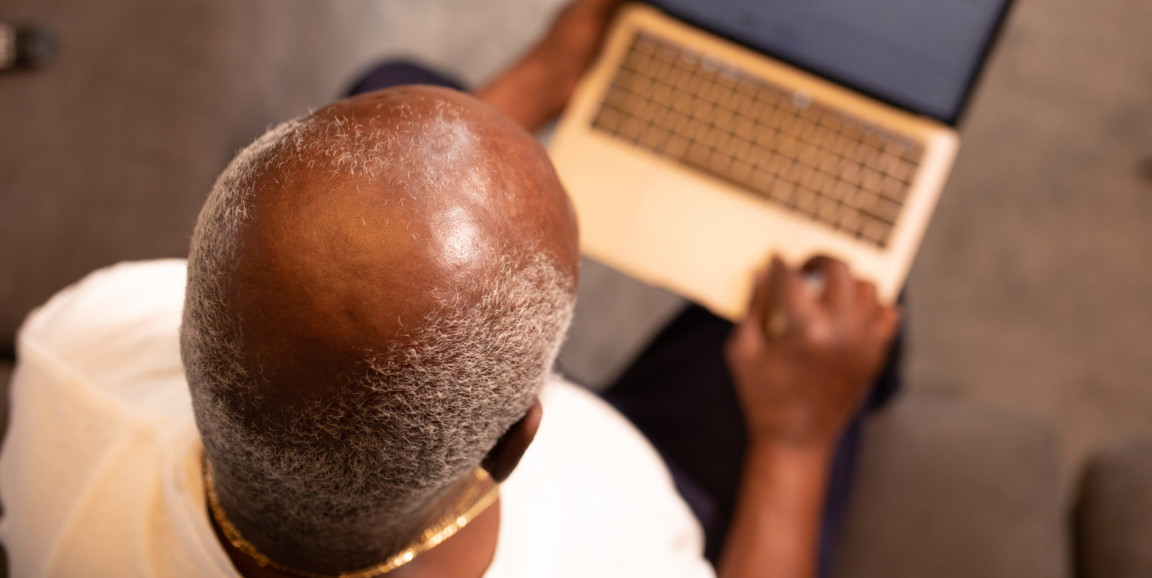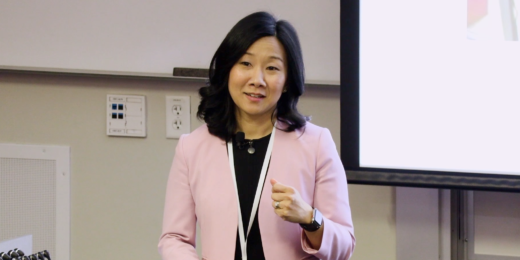Important conversations about end-of-life preferences are often skipped, leaving patients voiceless about the kind of care they want in a crisis.
Could an app help prompt these conversations?
Quite possibly, according to a team of Stanford physicians who developed a digital way to engage patients and families in end-of-life planning in an unusual course called Building for Digital Health. This new course from the Stanford Byers Center for Biodesign pairs Stanford faculty working on digital health projects with computer science students who are interested in health care.
The trap of silence
About 65% of chronically ill patients don't have conversations with their physician about end-of-life care, said Lance Downing, MD, a Stanford Medicine physician who specializes in clinical informatics. "As a result, they may receive costly, invasive, life-prolonging treatments that contradict their health goals and values."
The problem, said clinical neuropsychologist Nick Bott, PsyD, is that advance care planning often falls into a "trap of silence."
"The barrier to having frank conversations about the end-of-life is high," he explained. "Patients wait for providers to initiate the conversation at the appropriate time. Meanwhile providers struggle with prognostic uncertainty, the fear of taking away a patient's hope, and the fact that these conversations are emotionally difficult."
Another major obstacle is that routine medical appointments are brief.
"Even if the provider prioritizes the end-of-life conversation, it can take multiple appointments to get to actual decision-making," said Bott. As a result, these preferences may never be discussed until the patient has a health crisis.
Downing and Bott started investigating why these conversations weren't taking place while training fellows at the Stanford Clinical Excellence Research Center. The center focuses on reducing the cost of best-in-class patient care.
"One of the fellowship teams determined that finding more ways to get older adults involved in advance care planning would have an outsized impact on reducing costs and improving the quality of late-life care," said Downing.
To address the problem, Downing and Bott began to conceptualize an app that would empower patients to approach the topic on their own and independently document their wishes.
Thanks to the new course, launched by Oliver Aalami, MD, a vascular surgeon and Biodesign for Digital Health course instructor, they were able to bring their vision to life.
Building the solution
In the course, Downing, Bott, and their student team used a Stanford-developed, open-source framework called CardinalKit to build a beta version of the app in a single quarter. CardinalKit was developed by Aalami and a group of engineers to simplify and accelerate the development of digital health applications.
The app, called CARE-IT (short for care itinerary) has three parts:
Learn provides education about the importance of end-of-life planning through readings and videos created by Stanford Medicine physicians.
Record uses questions developed by the Stanford Letter Project around the theme of "what matters most" to help patients fill in advance planning forms that have legal standing. It also allows patients to record their care preferences by video.
Share allows patients to share these materials with family or providers to ensure their wishes are documented and understood.
"We have been working with Stanford primary care physicians to figure out the best way to use the app in a health care setting," said Downing. "For some patients, the app is all they need to document their wishes. For others, it's a just way to get comfortable with the topic, so they are ready to make decisions when they meet with their doctor."
Starting the conversation
Either way, the team believes the app will help start these important conversations.
"Right now it's often all or nothing -- either you happen to be in place and time with a provider where you discuss end-of-life care, or that doesn't happen and the topic gets kicked down the road. We're hoping that CARE-IT offers a separate way for individuals and families to engage around advance care planning, even if it's just learning about it to lower the activation barrier," Downing said.
The CARE-IT team is working with the primary care team at Stanford Health Care to conduct a pilot with patients this spring.
Image by NappyStock






